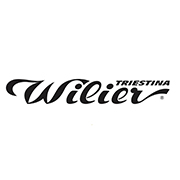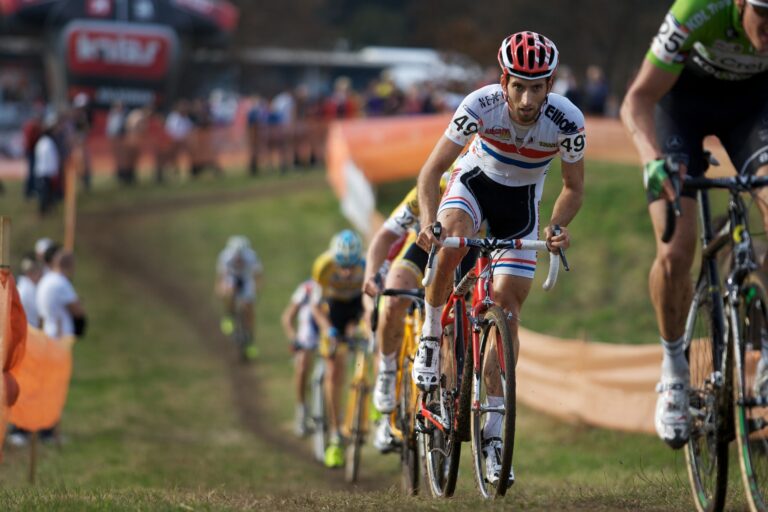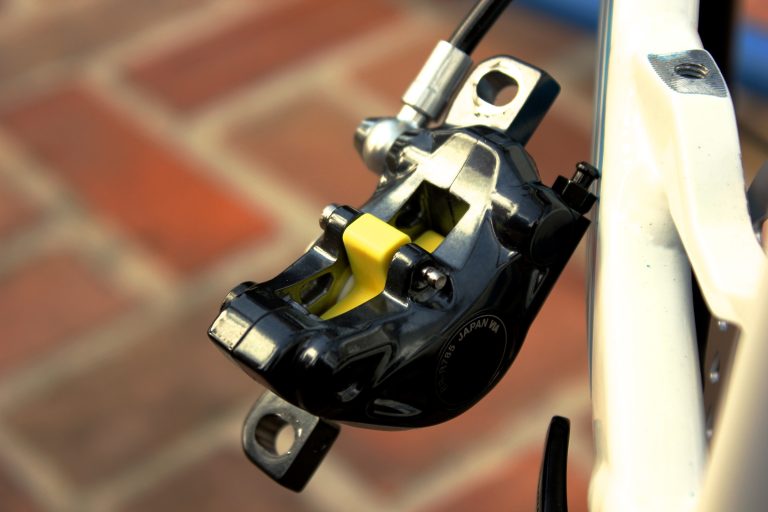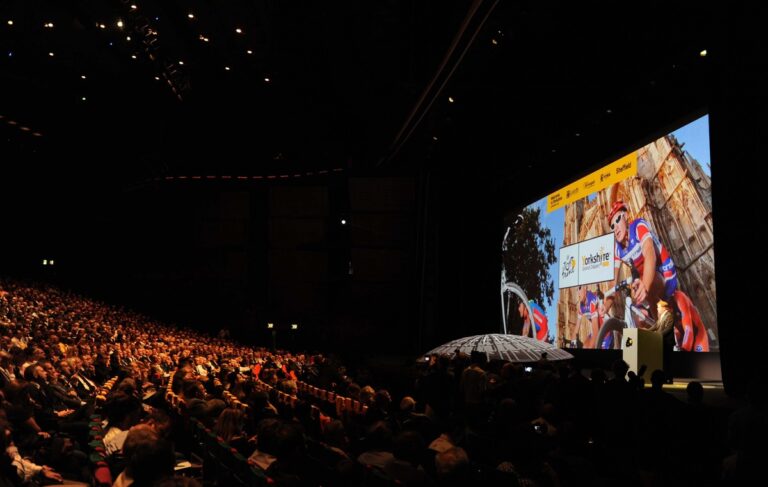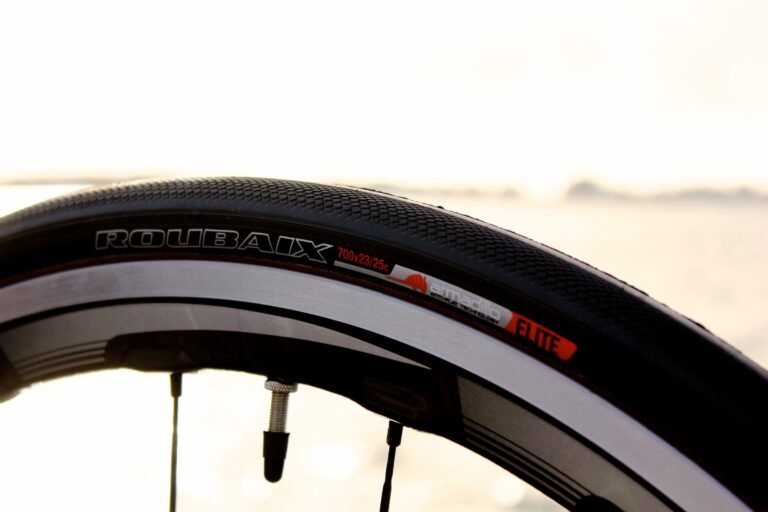The Wilier Cento1AIR is an aggressive aero bike with an uncompromising, race-ready persona – but comfort suffers as a result.
Wilier’s Cento1 platform has grown from one to three frames for model year 2014, with the existing Cento1SR – which won high praise when reviewed on RoadCyclingUK earlier this year – joined by the aero-profiled Cento1AIR in July and disc-specific Cento1Disc, spotted at Eurobike.
The Italian firm seemingly has all bases covered, then, and the Cento1AIR succeeds in offering the fast and exciting ride you’d expect from just looking at it. That comes at the cost of comfort, however, with the Cento1AIR best-suited to racing – it’s raison d’être, after all – and fast riding, rather long days in the saddle.
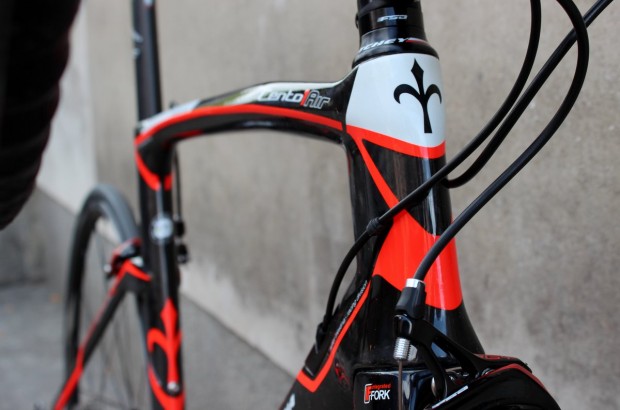
The chassis
The Cento1AIR is Wilier’s first fully-fledged aero bike after the Italian stalwarts previously dipped their toe in the water with the now-discontinued Imperiale, which had a smattering of aero features.
The Cento1AIR takes its aero design cues from Wilier’s Twinblade time trial frame, with aero tube profiles which are very slim when viewed from the front, to reduce the area exposed from the wind, but oversized when viewed from the side and top to boost stiffness. The tubes have a narrow, truncated Kammtail shape to help maintain stiffness while keeping the weight of an aeroprofiled tube to a minimum.
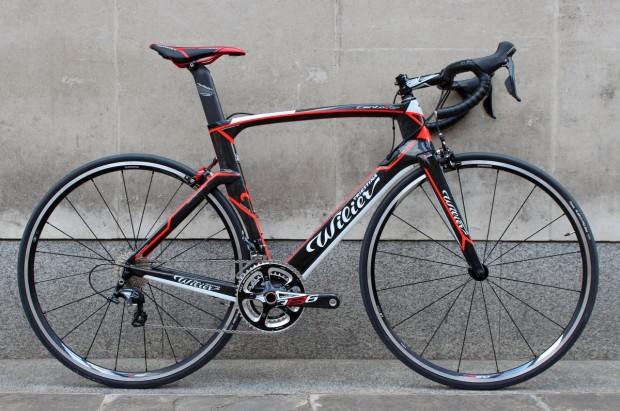
Those tube profiles combine with a ‘twinblade’ fork designed to reduce air turbulence (and, therefore, drag), low-slung seatstays, a seattube cutaway and Wilier’s proprietary seatpost. A quick word on the seatpost: it’s aero design means it is difficult to attach a saddlebag or lights but that is probably to miss the point of the Cento1AIR. A commuting bike, it ain’t.
Otherwise, we ran through the frame’s features in more detail in our first look; here we’ll focus on the ride, which, Wilier say, aims to combine the characteristics of the Cento1SR with the aero performance of the Twinblade.
The ride
The Cento1AIR’s launch was low key and came with no numbers to highlight the frame’s aero benefit. Bike manufacturers typically like to shout from the rooftops that their latest machine is lighter/stiffer/faster/more aero (delete as applicable) than anything that has come before it.
However, we have little way of substantiating those claims without heading into a lab or wind tunnel, so the Cento1AIR’s modest arrival saw it receive the same treatment as every other machine that lands at RCUK: we took it out on the road.
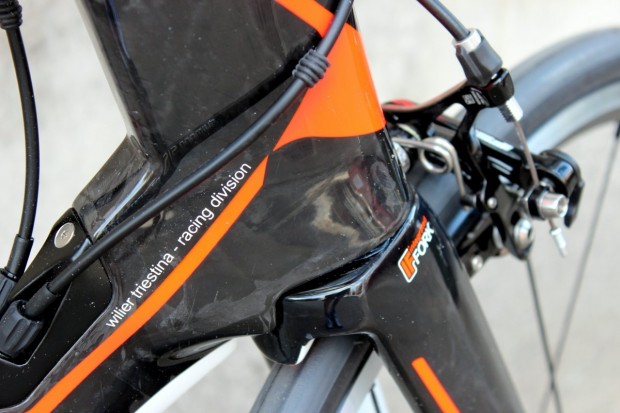
And the Cento1AIR feels fast from the first pedal stroke. It’s more sprightly off the mark than its weight (a claimed 1,120g for the frame and 7.73kg on the RCUK scales) and modest wheelset (more soon) would suggest. That is thanks, in part, to the huge, oversized FSA BB386 EVO bottom bracket. Wilier have succeeded in creating a frame which is exceptionally stiff. There is no discernible flex from that bottom bracket, whether sprinting hard or climbing out of the saddle.
That makes for a machine which is super-fast to ride on flat or rolling roads. With little or no effort wasted by the frame, it always asks, and is ready to accept, more from the rider. We noted in our first ride report that we recorded our fastest lap of London’s Richmond Park on the Cento1AIR but that’s only a unscientific nod to its ability, with weather, wind and, most importantly, form and fitness, other significant factors to affect performance.
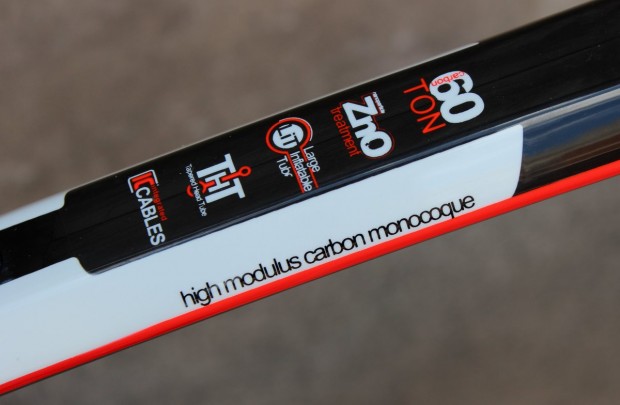
We’ve since taken the Cento1AIR on longer rides, over more varied terrain, and it naturally needs a little more encouragement when climbing than a lighter machine at a similar price (the recently reviewed Canyon Ultimate CF SLX is 1.25kg lighter, for example, but doesn’t have the Cento1AIR’s aero properties), but the frame’s stiffness means it reacts well to changes in pace and gradient.
It is also on longer rides into Surrey and Kent, where you’re far more likely to be riding on a poor road surface than a good one, that the Cento1AIR suffers and the stiffness which courses through its veins is not always a positive. Deep section tube profiles have a reputation of offering a harsh ride and it’s a criticism that can be levied at the Cento1AIR. While the Cento1AIR sings on smooth roads, the frame transmits a significant amount of road buzz through to the rider on anything coarser than a billiard table.
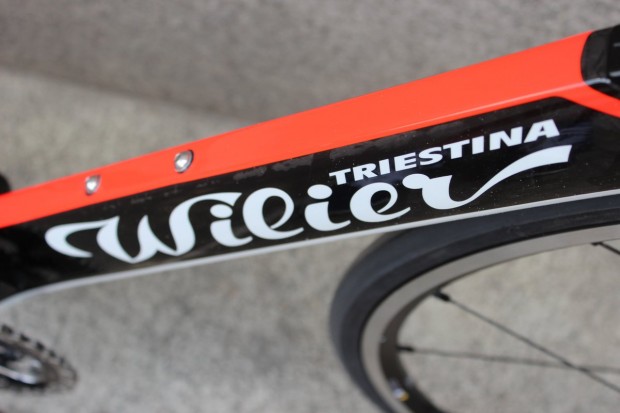
The back-end is more guilty than the front, and you can be kicked out of the saddle when you hit a particularly rough section of tarmac, or a pothole, which can be a little disconcerting when descending. If riding fast – all of the time – is your priority then the Cento1AIR which help you do that with aplomb, but if you’re heading out on a club run, training ride or bimble around the lanes, than the Cento1AIR can be an uncompromising ride.
That aside, the frame’s inherent stiffness ensures the front end is dialled in, with sharp and assured handling: qualities in line with the Cento1AIR’s racing pedigree.
The components
Our machine, which comes with a £3,750 price tag, is the least expensive of the three being brought into the UK by Wilier’s distributor, ATB Sales. The shifters, front mech, rear mech, cassette and chain come from Shimano’s Ultegra mechanical groupset, while FSA provide the compact (50-34t) crankset and brakes, though we’d like to see a complete groupset. Shimano RS21 wheels wrapped in Vittoria Rubino Pro Slick tyres, FSA finishing kit and a Selle San Marco Concor saddle complete the build.
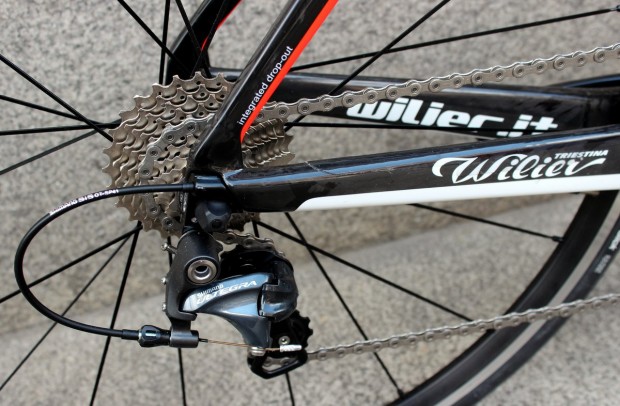
Shimano’s new-for-2014 11-speed Ultegra groupset has the same superb level of performance we’ve come to expect from the Japanese firm’s second-from-top group. The shifting has been improved over the previous incarnation, with a shorter lever throw and more positive shifts, particularly from the front mech.
The groupset is heavily influenced by the flagship Dura-Ace group and the complete setup comes with claims of a 10 per cent improvement in stopping power and a new four-arm chainset, though with an FSA chainset and brakes fitted to the Cento1AIR, we weren’t able to see the benefit for ourselves. Those FSA brakes, however, provided plenty of bite but were lacking a little in modulation. The compact chainrings, while more ‘useable’ for most riders outside the racing scene, weren’t quite in keeping with the Cento1AIR’s persona.
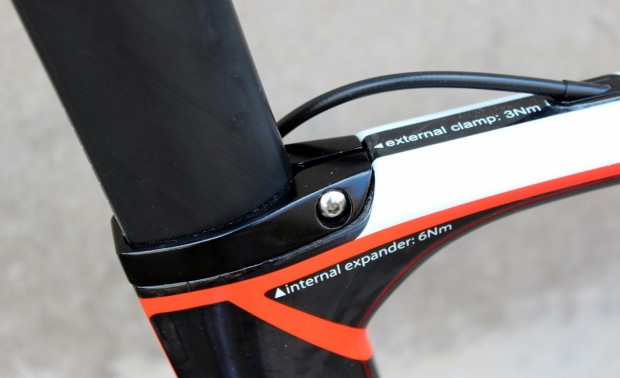
Shimano introduced the RS21 hoops last year as a new addition to their entry-level clincher range, and their 1,850g claimed weight certainly puts them at the heavier end of the wheel spectrum, but we were impressed by their build quality and stiffness. However, it’d be easy to shed significant weight from the Cento1AIR by upgrading to a lighter set of wheels, or boost its aerodynamic qualities further with a set of aero hoops.
The aluminium FSA Energy stem and handlebar is decent kit and performed as expected. The Selle San Marco Concor saddle is a popular choice for many riders but its flicked tail doesn’t suit this derriere. Needless to say, saddles are a personal choice. Otherwise, all that’s left to mention is the fact the handlebar, stem and saddle all bear the Wilier logo, as well as that of FSA and Selle San Marco respectively, which makes for a well-matched setup.
Conclusion
While we described the Cento1SR as “one of the best all-rounders we have ridden”, the same is perhaps not true of its aero cousin. The Cento1AIR is a very fast bike, make no bones about that, and it succeeds as a machine designed to be ridden aggressively, but its unforgiving ride means its most at home in the bunch – or off the front of it – rather than on the club run.
Price: £3,750
Sizes: XS-XXL
Website: Wilier
UK distributor: ATB Sales

